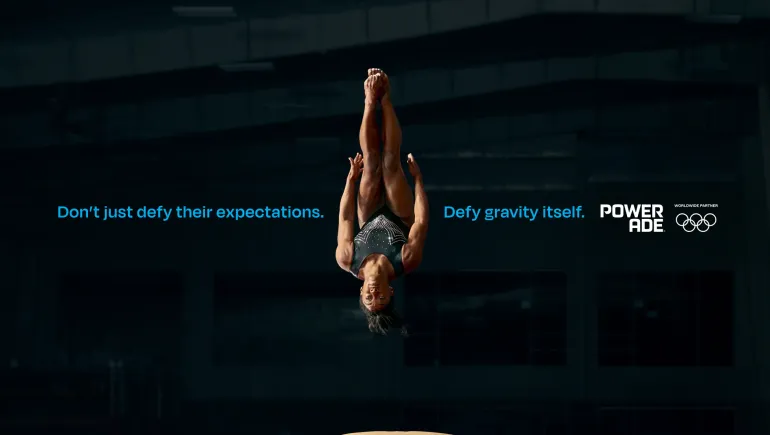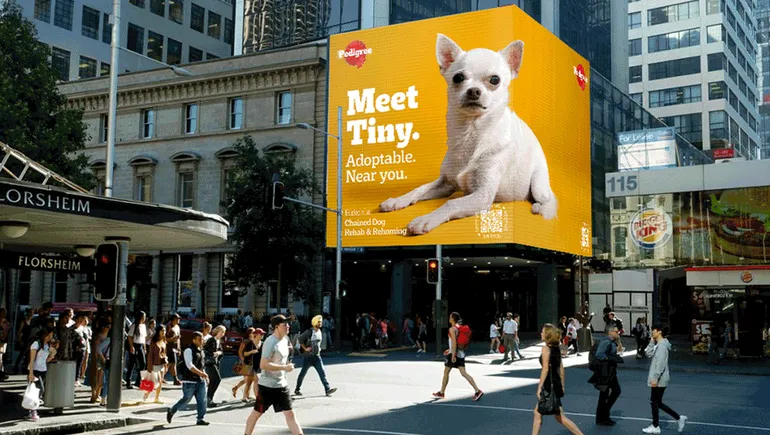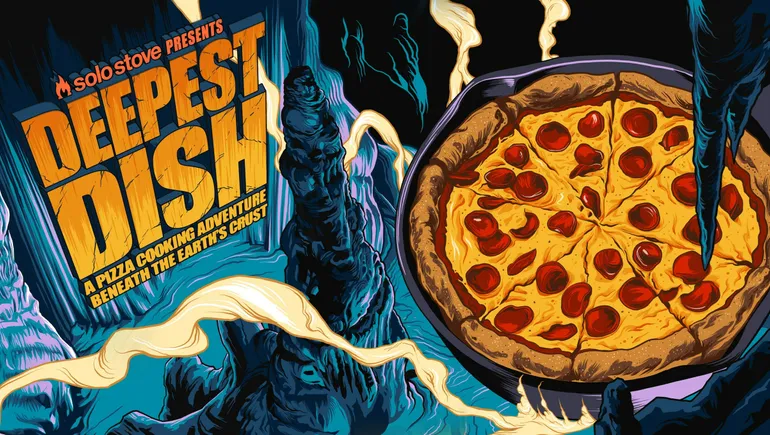
How media companies can harness the creator in us all
The following is a guest post from Allison Mezzafonte, founder of content consultancy AQ Strategic. Opinions are the author’s own.
There are many ways, large and small, that the media can create more engaging conversations with the people who consume their content. Last November’s Thanksgiving Day Parade was the most-watched entertainment broadcast of 2020, with more than 20 million viewers, according to Nielsen. And it was not an over-the-top extravaganza. It actually felt like the kind of at-home entertainment from the early days of television. It had a feel-good vibe in a genuine “we know you’re all stuck at home” kind of way. Al Roker talked to families on Zoom about what they are thankful for. Sure, Jimmy Fallon was the opening act. And, while he is a far cry from your everyday guy, his unpolished performance made it feel a little more like a local talent show and less of a primetime production.
What’s more, this engaging and inclusive approach made it all the more clear just how overly polished TV (and other media) can be, and how much people are eager for a more personal touch to the content they consume. So often, content is created in a bubble and then handed down to the consumer in a very one-way relationship. But that is changing as digital makes it easier than ever for regular people to engage in more unique, sometimes two-way dialogues that many traditional media companies have avoided for too long. Content should not be perfect. It should feel relatable, and personal — and it can and should include many more voices. These elements are why people are loving fitness instructors on Peloton and influencers on Instagram, and why one silver lining of the past year is that media companies may have finally learned how to tap into the creator in all of us.
Learning from the failure of comments
Social media really has become the center of the media world, and now publishers are often left out of the conversation. In fact, about one-third of all online web pages have social media embeds — snippets of content from social media sites like Twitter and YouTube. These static posts show exactly why social media is so popular and how one-sided publishers can be. Rather than have the conversation on their own property, they cut and paste it later with no room for engagement. This is not entirely surprising given the often unrelated, spammy comments that only impair the quality of the experience. Few media companies are equipped or choose to invest in the tools needed for productive discussion, so they focus elsewhere.
With that decision, however, comes the risk that audience discussion is pushed over to the likes of Facebook and Reddit. Many publishers have closed their comments sections over the years because of trolls, divisive material and other unsavory elements of their audience. Meanwhile, The New York Times doubled down, sharply increasing the areas on their site that invite commentary in 2017. They now employ more than a dozen comments editors, and their readership continuously beats expectations.
The extra work to participate and patrol comments sections is a long-term investment that has paid off for The New York Times, though that approach may not work for all. It’s hardly the only feature that publishers should consider when embracing the voice of the people within media.
Living, breathing media
The Food Network and HGTV, always scrappy, have started to deliver a host of new shows that were filmed during the pandemic, and more often than not, they include loyal viewers. Guy Fieri invites fans on Zoom calls with him to talk about favorite dishes over the years, and the fans make them on camera. On HGTV, fans were selected to do home makeover challenges and were sent camera equipment to capture their work. These companies are not alone — every media company has had to get creative since the pandemic’s onset, but it’s not just about having content to share. It’s also about being more inclusive of the viewer and giving them a voice that has been sidelined to social media for too long. This new form of inclusion is less controlled and scripted than even shows with live audiences, and much less dramatized than reality TV.
What started as a necessary workaround to social distancing requirements should be just the beginning. There’s no reason that user-inclusive content should be restricted to Zoom. Email is also a great place to bring in the audience’s voice and create a more relaxed, welcoming feel. Brian Stelter and Oliver Darcy write the Reliable Sources newsletter for CNN that collects important articles, thoughts, tweets and quotes from a wide variety of sources including other journalists, political leaders, fact-checkers and bloggers. It’s still a fully edited and controlled piece of content, but it feels inclusive by the nature of its wide ranging contributors and very personal commentary.
We all want things to “go back to normal” in 2021, but there’s also the obvious reality that things aren’t going to be exactly the same as they were. Let’s keep the better elements, the humanity, the authentic look behind the curtain, and the inclusiveness of many human voices, famous and otherwise. CNN’s Brian Stelter’s recent introduction to one newsletter — which felt more like a personal text than the start of an international news report — sums up the new approach well: “Brian Stelter here with an early edition because my kids didn’t let me sleep last night. But that’s okay. I’m just thankful that they are healthy.”





